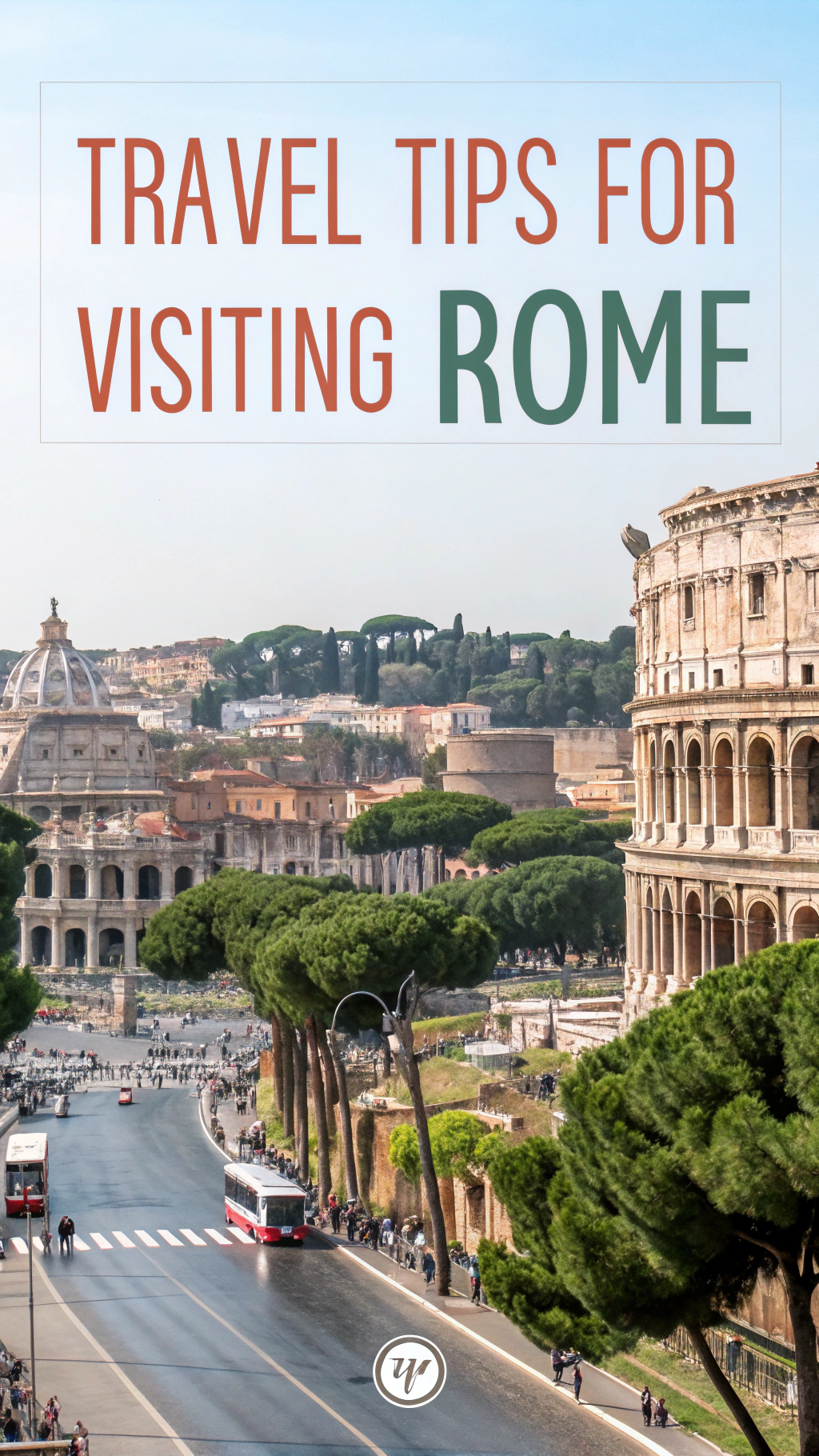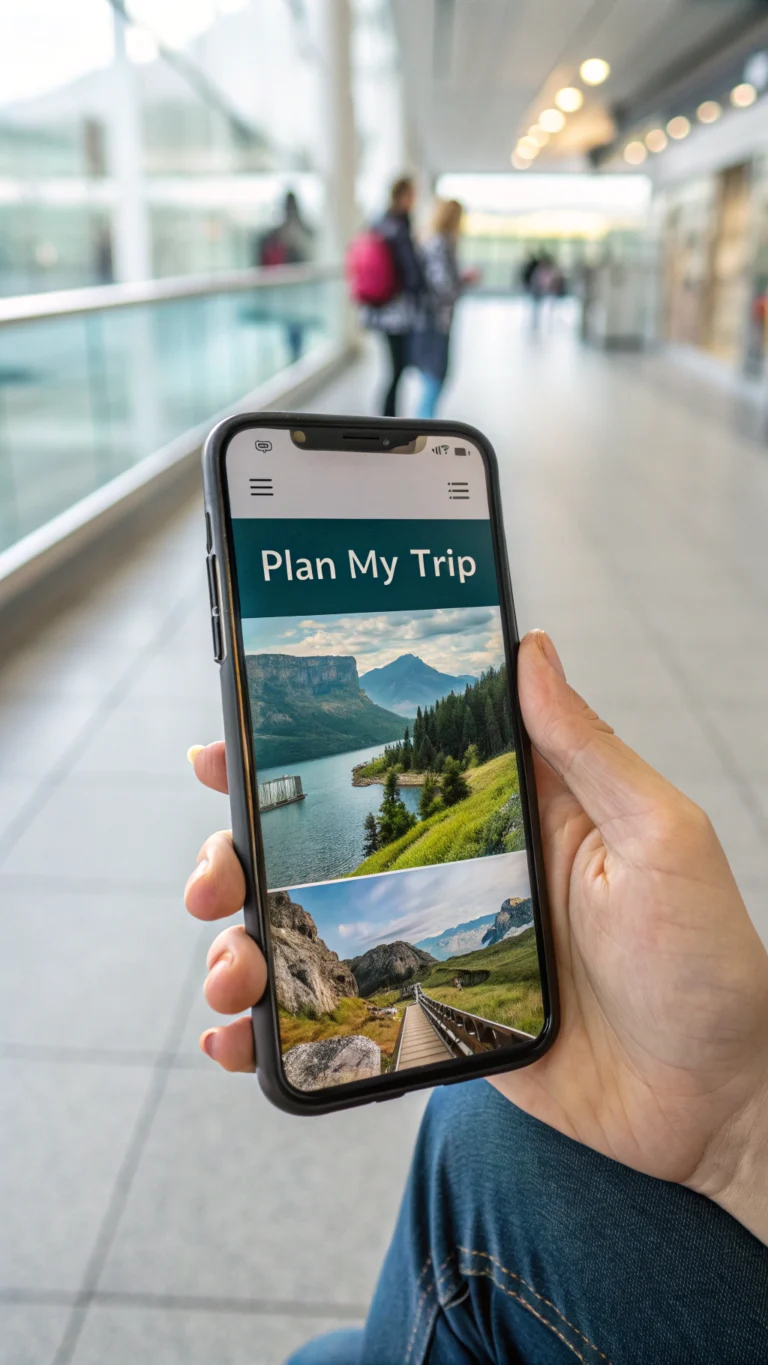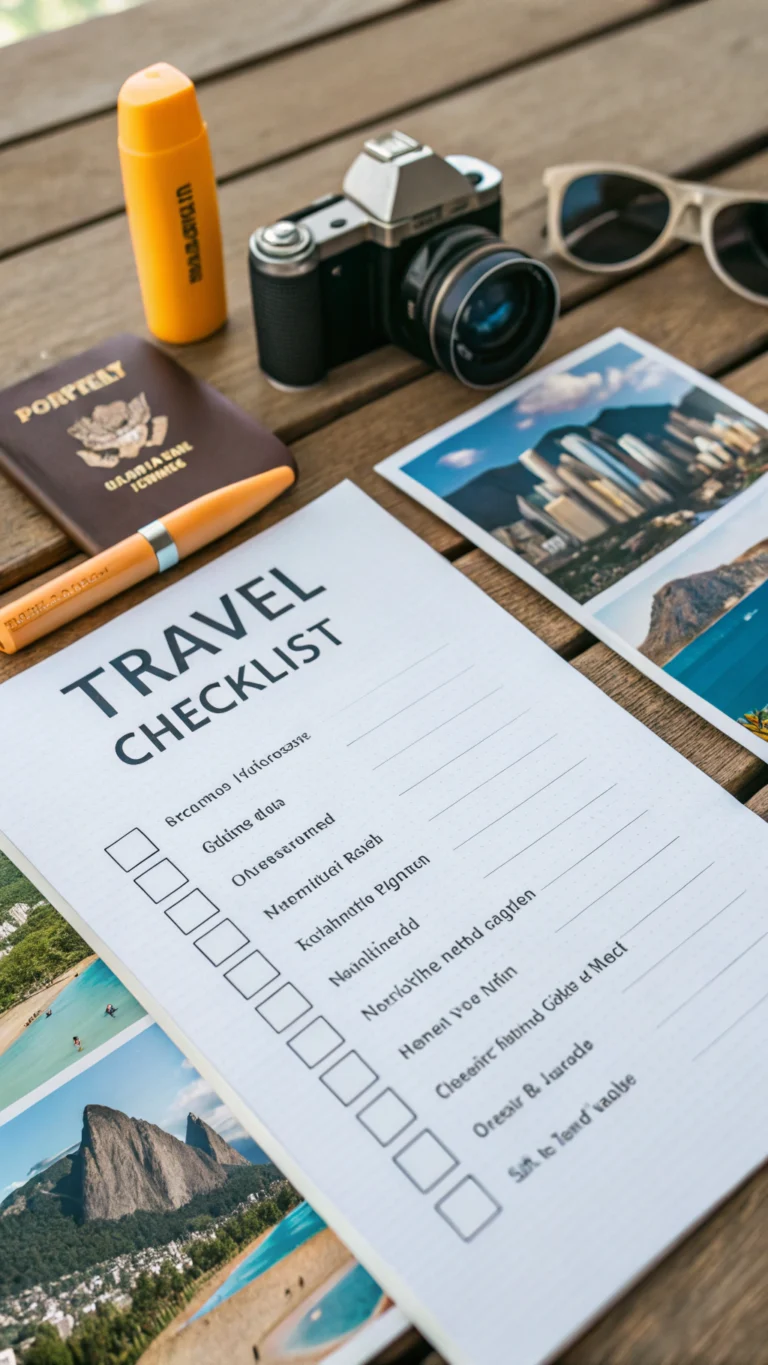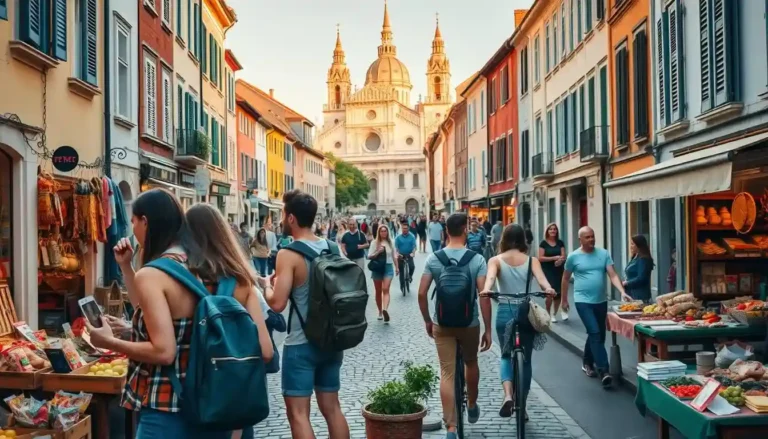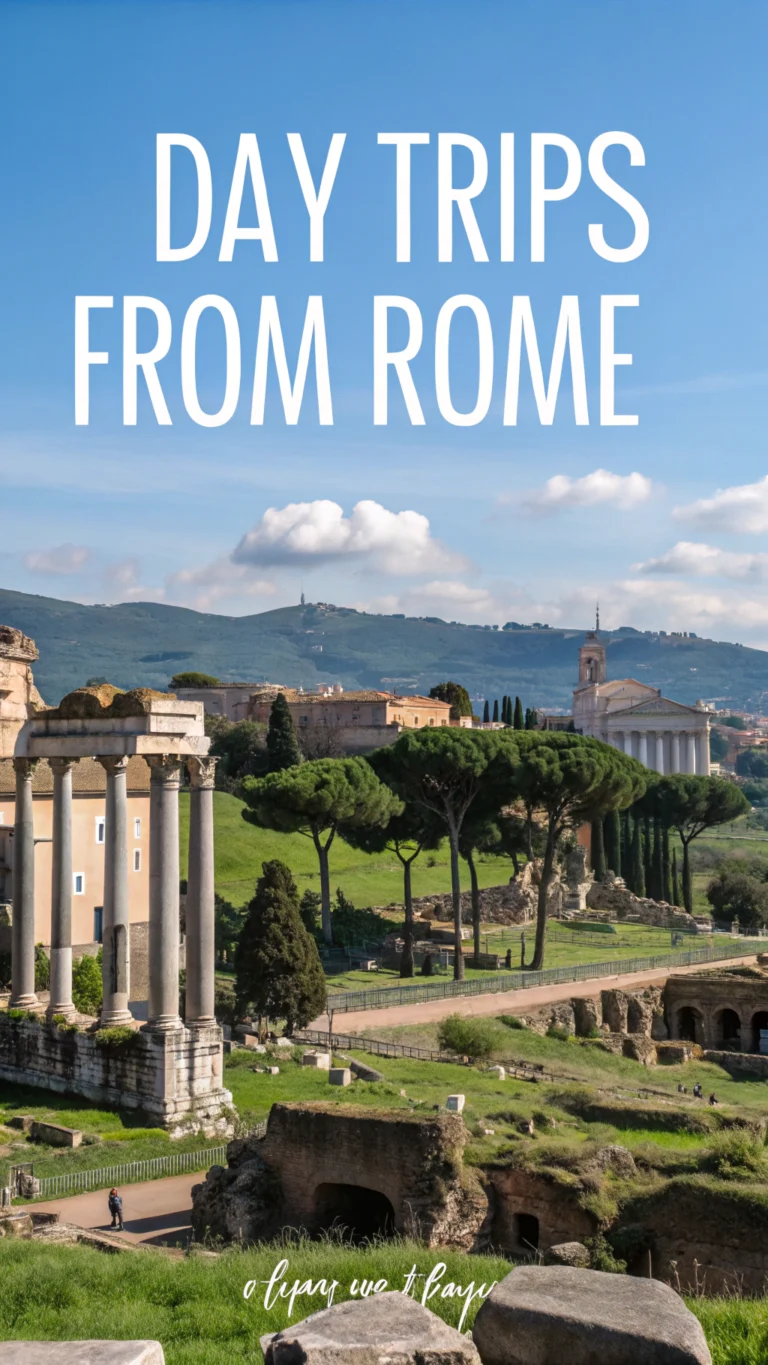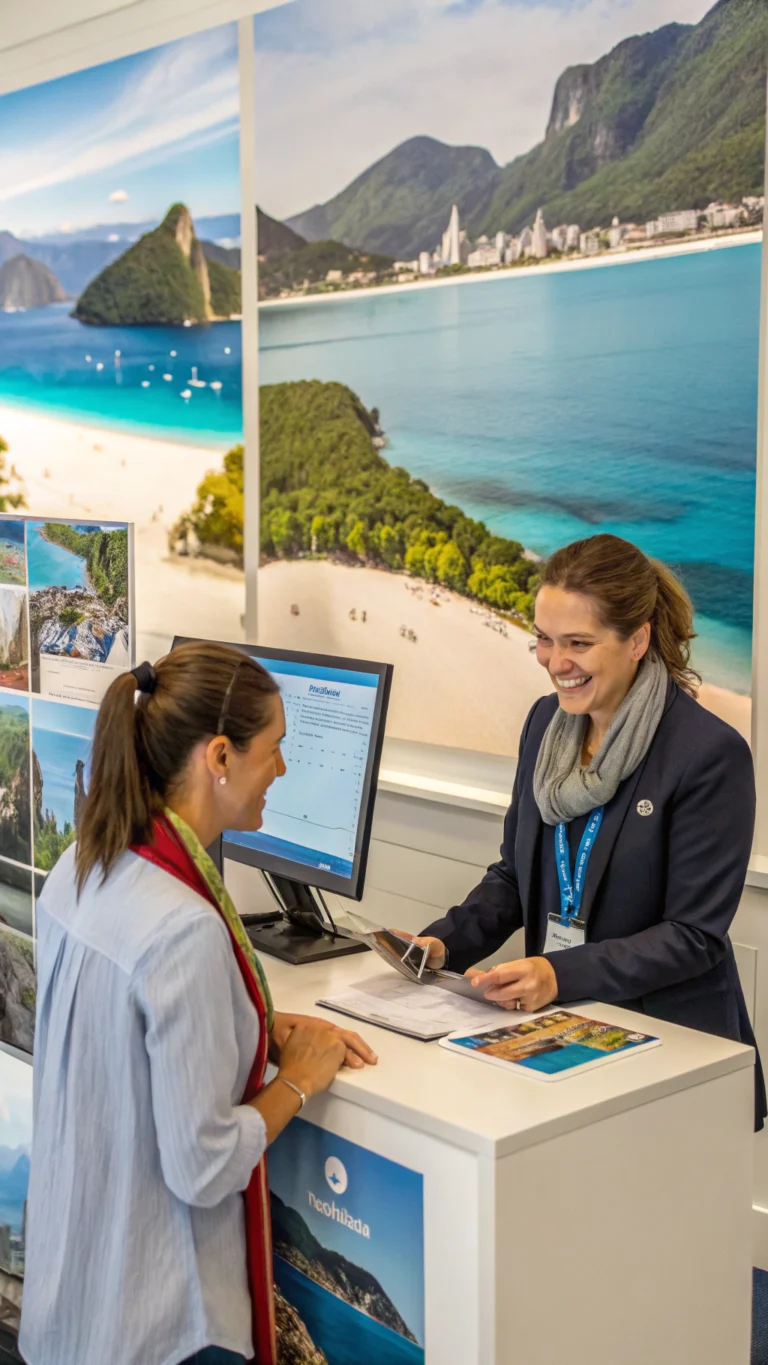Rome Travel Tips: 7 Best Hidden Gems to Discover Now!
Table of Contents
Introduction
Have you ever wondered why, despite Rome receiving 10 million visitors a year, many of them feel as though they have only seen a small portion of the city? Beyond the Colosseum and Vatican, the Eternal City is home to innumerable mysteries and hidden gems that are often missed by travel guides. Having spent more than ten years walking Rome’s cobblestone streets, I’m offering these travel ideas to help you find the real experiences that make this historic city so enchanted.
These lesser-known locations will elevate your Roman vacation from mediocre to spectacular, regardless of whether you’re planning your first trip or coming back to explore further.
Destination Overview
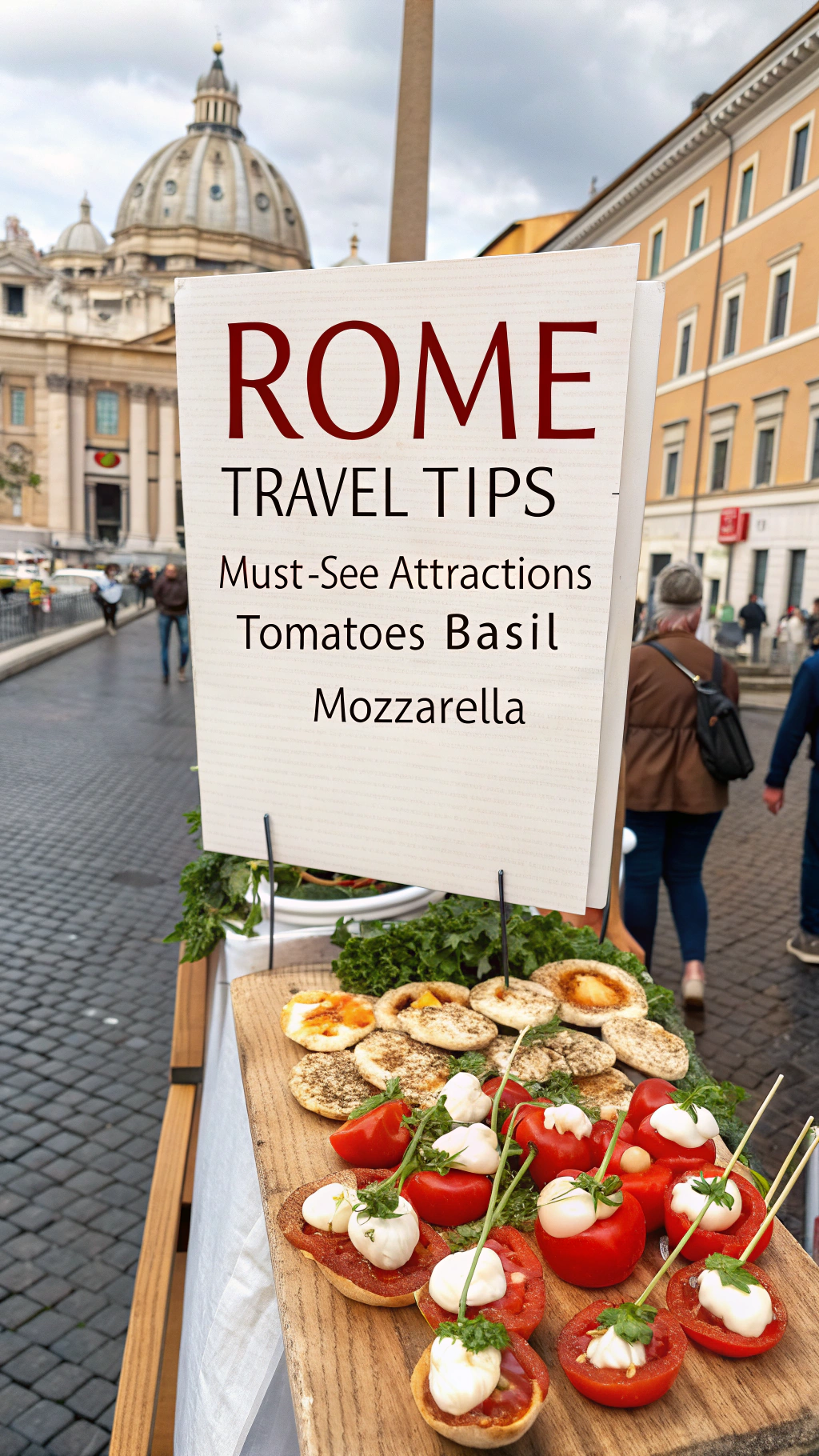
Rome is more than just the capital of Italy; it’s an outdoor museum that features Renaissance works of art, contemporary Italian culture, and ancient ruins. This 3,000-year-old city was established in 753 BC and skillfully combines the dynamism of modern culture with the majesty of the past.
When temperatures are between 65 and 75°F (18 and 24°C) and throngs of tourists are at their lowest, April through May and September through October are the ideal periods to visit Rome. Over 40% of Rome’s yearly tourism occurs during the summer months of June through August, which also bring the biggest tourist numbers and extreme temperatures (typically above 90°F/32°C). Although there are fewer tourists in the winter, temperatures around 50°F (10°C) are lower and there may be some rain.
Travel Itinerary
Day 1: Hidden Rome Basics
- Morning: Begin at Quartiere Coppedè, Rome’s fairytale district unknown to most tourists. The whimsical architecture takes just 30 minutes to explore but offers incredible photo opportunities.
- Afternoon: Visit Aventine Hill’s secret keyhole at the Priory of the Knights of Malta, where you’ll see three countries in one view (Italy, Vatican City, and the Knights’ sovereign territory).
- Evening: Explore Monti neighborhood’s boutique shops and artisan studios, ending with dinner at Trattoria Monti (reserve 3+ days ahead).
Day 2: Underground Treasures
- Morning: Tour the Catacombs of Priscilla, less crowded than the main catacombs but equally fascinating with the oldest known depiction of the Virgin Mary.
- Afternoon: Explore Basilica San Clemente’s underground layers, descending through 2,000 years of history to an ancient Mithraic temple.
- Evening: Have aperitivo at Salotto 42 near the Pantheon, where locals outnumber tourists.
Day 3: Off-the-Beaten-Path
- Morning: Visit Centrale Montemartini, an old power plant turned museum where classical statues stand among industrial machinery.
- Afternoon: Explore EUR district’s rationalist architecture, especially the “Square Colosseum” (Palazzo della Civiltà Italiana).
- Evening: Watch sunset from Gianicolo Hill, offering panoramic views without the crowds of more famous viewpoints.
Must-See Attractions
While the Colosseum and Vatican Museums deserve their fame, Rome’s hidden gems offer equally memorable experiences:
Palazzo Spada’s Forced Perspective Gallery: This optical illusion by Borromini makes an 8-meter corridor appear 37 meters long.
Appian Way Regional Park: Rent bikes to explore this ancient Roman road where you can touch original 2,300-year-old paving stones.
Protestant Cemetery: Find the graves of poets Keats and Shelley in this peaceful oasis near the Pyramid of Cestius.
Capuchin Crypt: Examine the hauntingly beautiful bone decorations created by monks from 4,000 of their brethren.
Palazzo Doria Pamphilj: Wander through this still-inhabited palace’s incredible private art collection, including works by Velázquez and Caravaggio.
When exploring these hidden gems, Rome travel tips from locals suggest visiting early morning (before 9 AM) or late afternoon (after 4 PM) to avoid what little crowds they attract.
Where to Stay
Instead of tourist-heavy areas near Termini or the Spanish Steps, consider these authentic neighborhoods:
- Testaccio: Built on an ancient Roman pottery dump, this authentic working-class district offers Rome’s best food scene and nightlife. Ideal for food enthusiasts. (€80-150/night)
- Pigneto: Rome’s hipster haven features street art, indie bars, and multicultural eateries. Perfect for budget travelers and night owls. (€60-100/night)
- Monteverde: This leafy residential area provides peaceful accommodations close to Trastevere’s action but without its prices or crowds. Great for families. (€70-140/night)
Food & Local Cuisine
Beyond pizza and pasta, seek out these authentic Roman specialties:
- Carciofi alla Giudia: Jewish-style artichokes, crispy outside and tender inside
- Supplì: Fried rice balls with melted mozzarella centers
- Coda alla Vaccinara: Oxtail stew simmered with celery, cocoa, and pine nuts
- Maritozzo: Sweet buns filled with whipped cream (traditional Roman breakfast)
For those with dietary restrictions:
- Vegan: Il Margutta offers plant-based Roman classics
- Gluten-Free: Mama Eat has amazing gluten-free pasta and pizza
- Halal: Shawarma Station provides authentic Middle Eastern dishes
Travel Tips & Essentials
- Transportation: Purchase a 72-hour ATAC pass (€18) for unlimited metro, bus, and tram rides (saving €12+ compared to single tickets).
- Water: Use Rome’s 2,500+ public drinking fountains (nasoni) for free, cold water. Download the “Drink in Roma” app to locate them.
- Museum Passes: The Roma Pass often isn’t worth it unless visiting multiple paid sites in 48 hours. Calculate costs before purchasing.
- Tipping: Unlike America, tipping isn’t expected—service charges are included in menu prices.
- Language: Learn these phrases: “Grazie” (thank you), “Per favore” (please), “Parla inglese?” (Do you speak English?).
Common Mistakes to Avoid
- Restaurants near major attractions: Walk at least 3 blocks away for better food at lower prices.
- Rushing through the Vatican Museums: The Sistine Chapel is at the end of a 4-mile route—pace yourself!
- Tap water fears: Rome’s tap water is excellent—refusing bottled water saves money and plastic.
- Dining too early: Most Romans eat dinner after 8:00 PM; restaurants open earlier cater mainly to tourists.
- Cafe surcharges: Sitting costs more than standing at the bar (up to 3x more for coffee).
Budget Breakdown
- Budget: €70-100/day (hostels, street food, public transport)
- Mid-range: €150-200/day (3-star hotels, casual restaurants, some taxis)
- Luxury: €300+/day (boutique hotels, fine dining, private tours)
Sample Daily Budget (Mid-range):
- Accommodation: €90
- Meals: €50 (breakfast €5, lunch €15, dinner €30)
- Transportation: €10
- Attractions: €20
- Miscellaneous: €20
Rome costs approximately 15% less than Paris but 20% more than Barcelona for similar experiences.
Final Thoughts
Rome’s hidden treasures show off the true nature of a city that is all too frequently diminished to its most well-known landmarks. You may explore the vibrant, alive Rome that is still changing after three millennia by going off the usual tourist route.
Plan your vacation to Rome now, and keep in mind that sometimes the best experiences occur when you put down your guidebook and just let yourself be enchanted by the streets of the Eternal City.
FAQs
Is it safe for women to travel alone in Rome?
Yes, Rome is generally safe, but you should still take the usual safety precautions. Women who travel alone should be on the lookout for pickpockets in busy places and on public transit.
How many days will it take me to tour Rome in its entirety?
Major attractions can be seen in at least three full days, while day visits to locations like Ostia Antica or Tivoli and the investigation of hidden jewels can be done in five to seven days.
Is English spoken by Romans?
Yes, in tourist locations. Nonetheless, simple Italian phrases are valued and even required in residential areas and marketplaces.
What is the most efficient method to go from the airport to the heart of Rome?
The Leonardo Express train (€14) takes 32 minutes to get to Termini station from Fiumicino. Take the direct bus to Termini (€6) from Ciampino.
Do restaurants in Rome require reservations?
Reservations are strongly advised for good restaurants, especially in Trastevere and Centro Storico, especially for dinner on Thursday through Sunday.

